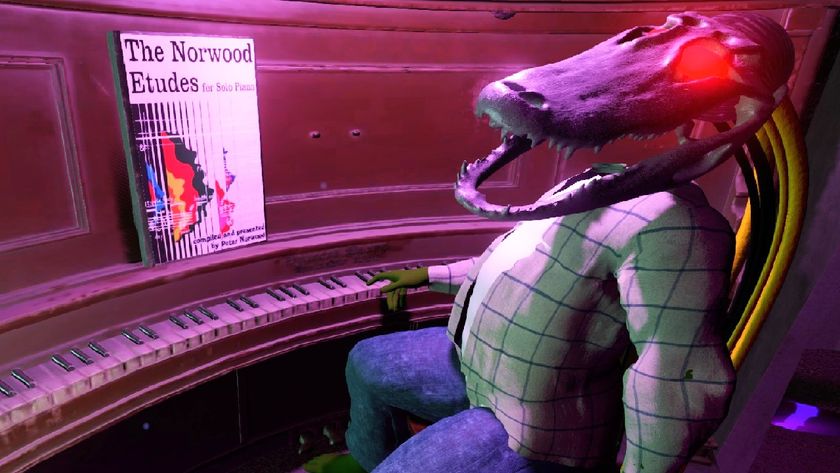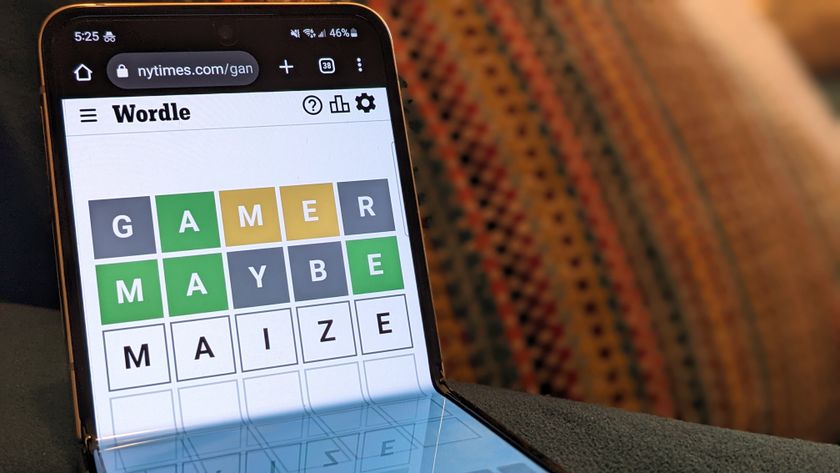This is what Oculus' new wireless prototype Rift is like
The 'Santa Cruz' prototype works and completely frees you from wires.
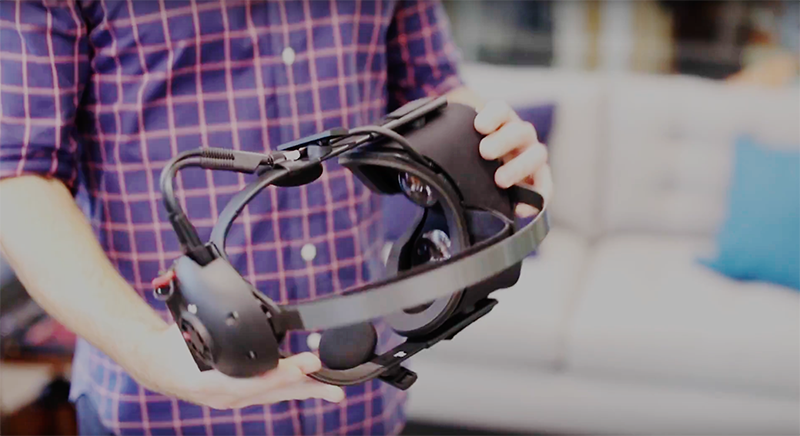
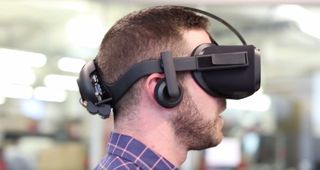
In his keynote at Oculus Connect on Thursday, Mark Zuckerberg told the audience that he had no new hardware to show—but he also said that Oculus was putting its strength toward making a truly mobile Rift experience, and it turned out there was some very early hardware at the show aimed at that very goal. Today I got to try it on. new Santa Cruz Rift prototype.
Oculus calls its new prototype, which aims to offer the wires-free portability of GearVR with the fidelity of the Rift, Santa Cruz. I wasn't allowed to take photos of the prototype, but you can imagine that it looks essentially the same as the current retail Rift. I did some slight modifications.
First, the infrared LED emitters on the the Rift are gone. Up until now, all recent versions of the Rift since the DK2 utilized IR emitters in conjunction with a specialized camera to track your head movement and position. Santa Cruz does away with all that and uses 4 cameras on each corner of the front of the Rift headset.
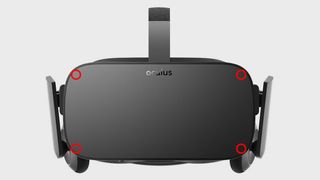
Oculus is referring to the new tracking system as inside-out tracking. The new system does away with the separate sensor camera. There are no laser modules a la the HTC Vive or other external tracking assisting devices. Santa Cruz is essentially using the 4 cameras to depth-map your space.
During my demo, I was able to freely walk around the room, and the prototype Rift was able to display a grid when I approached a boundary (again, like SteamVR and the Vive). I asked whether or not the Rift's playable space would scale depending on room size and was told that it would. So if you have a larger room, the boundary would expand, and vice versa. With the HTC Vive, there is a pre-defined limitation on how large a space you're able to use (Valve has said in the past that it could be possible to add more base stations, but SteamVR does not currently support more than two). I asked if using Santa Cruz in a football field would allow me to walk the full distance and was reluctantly told yes.
The entire demo experience was completely self contained within the Rift itself. There were no PCs and no wireless streaming of any kind. Santa Cruz has a small little computer on the rear, which you can get a glimpse of in this image from the Oculus teaser video.
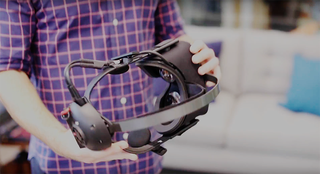
A small computer is mounted on the back of the headband. One USB cable (blue) and one HDMI cable (green) come out of the HMD and plug directly into the side of the tiny computer, and a battery pack (yellow) was attached below the computer.
The biggest gaming news, reviews and hardware deals
Keep up to date with the most important stories and the best deals, as picked by the PC Gamer team.
I asked what the specs were on the computer but was told essentially nothing. However, it's not hard to imagine what they would be. The computer itself was roughly the size of a cookie, and about an inch thick. Considering how many VR games run in real time on a Samsung Gear, it's safe to assume that Santa Cruz was powered by a mobile CPU/GPU combo. I asked if it was some Snapdragon SoC and was answered with grins. Just imagine the guts of a high-end mobile phone strapped onto the back of the Rift, and you essentially get Santa Cruz. Because of the way the computer is attached to the headset, it seems possible that you'll be able to swap it out for a more powerful unit.
During the 3-minute demo, I didn't experience any lag or stuttering. Santa Cruz felt identical to using my CV1, although the graphics in the demo wasn't as good as, say, Eve Valkyrie on CV1. But that could have just been the demo Oculus chose. In my opinion, the demo was chosen specifically to allow smooth performance on the little computer on the rear. I don't expect Santa Cruz will be able to play something like Eve Valkyrie—at least for now.
Even while still in its prototype stage, Santa Cruz is very promising, and is VR the way I'd like it to be, wire free. Having used both the HTC Vive and current Rift, I think it's safe to say that these two units will be phased out in the not-so-distant future. And thank goodness for that. No wires. No sensors. Just freedom to move about.
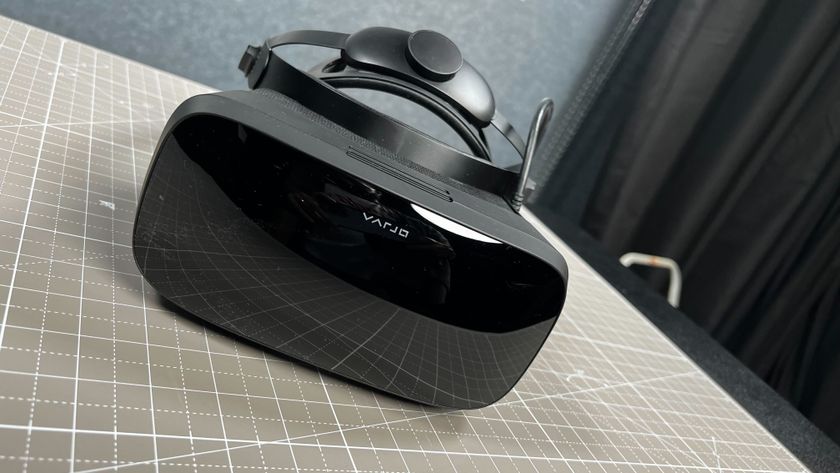
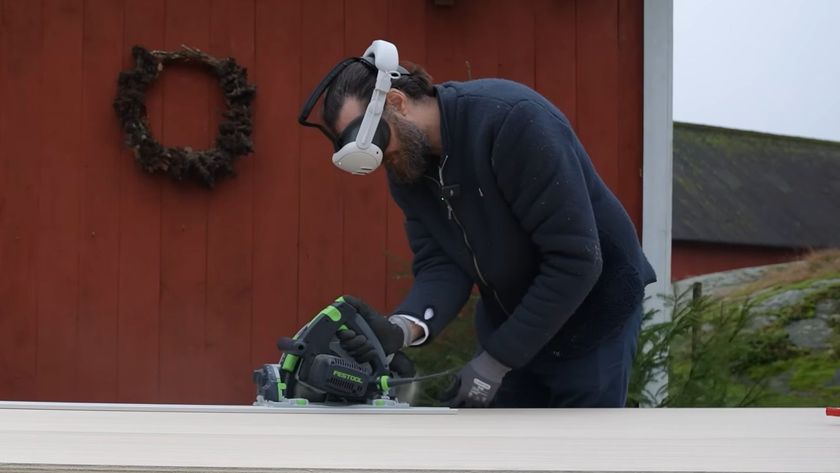
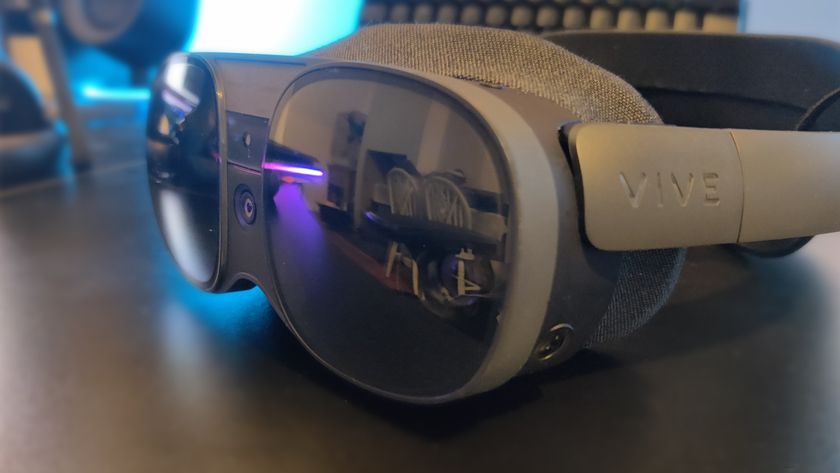

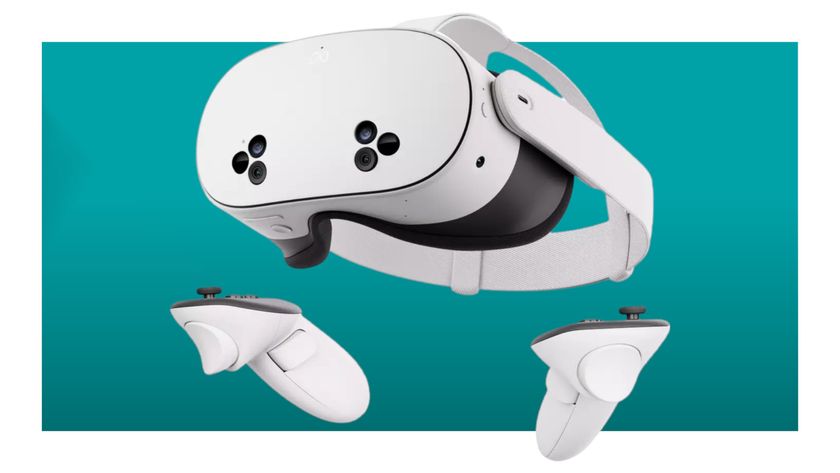
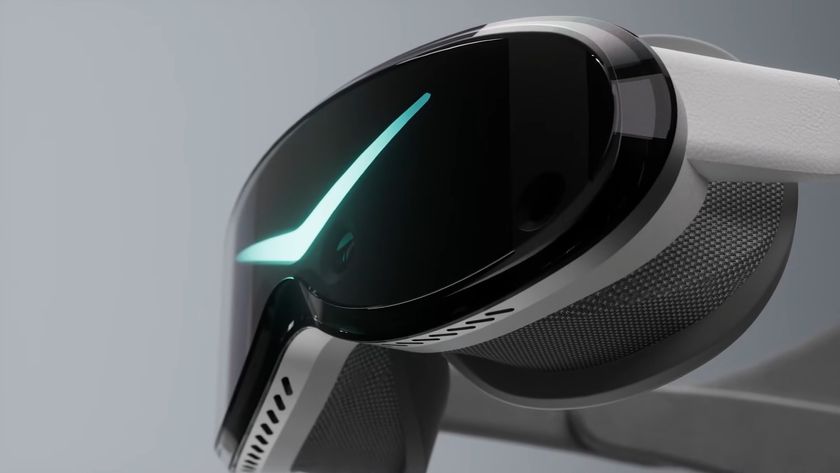





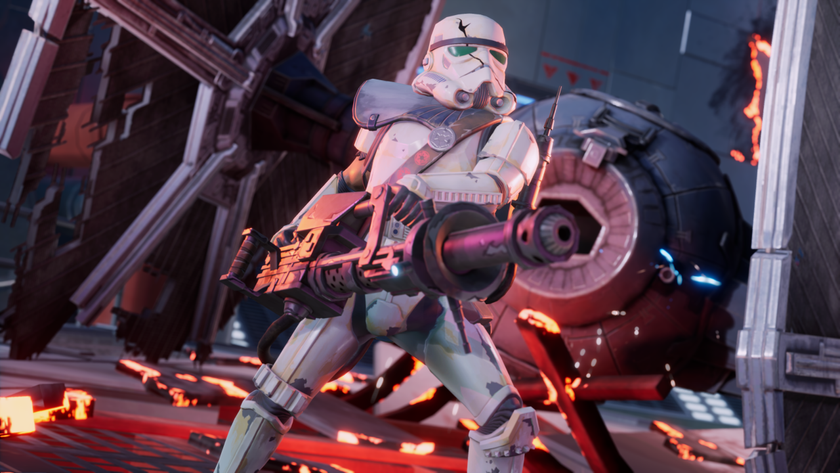

Varjo Aero VR headsets seem to be not working on RTX 5090s, and its community is opting for strange solutions while waiting for an Nvidia driver release to fix it

YouTuber The Swedish Maker wears a Meta Quest 3 VR headset for his entire woodworking project and miraculously emerges with all fingers intact

